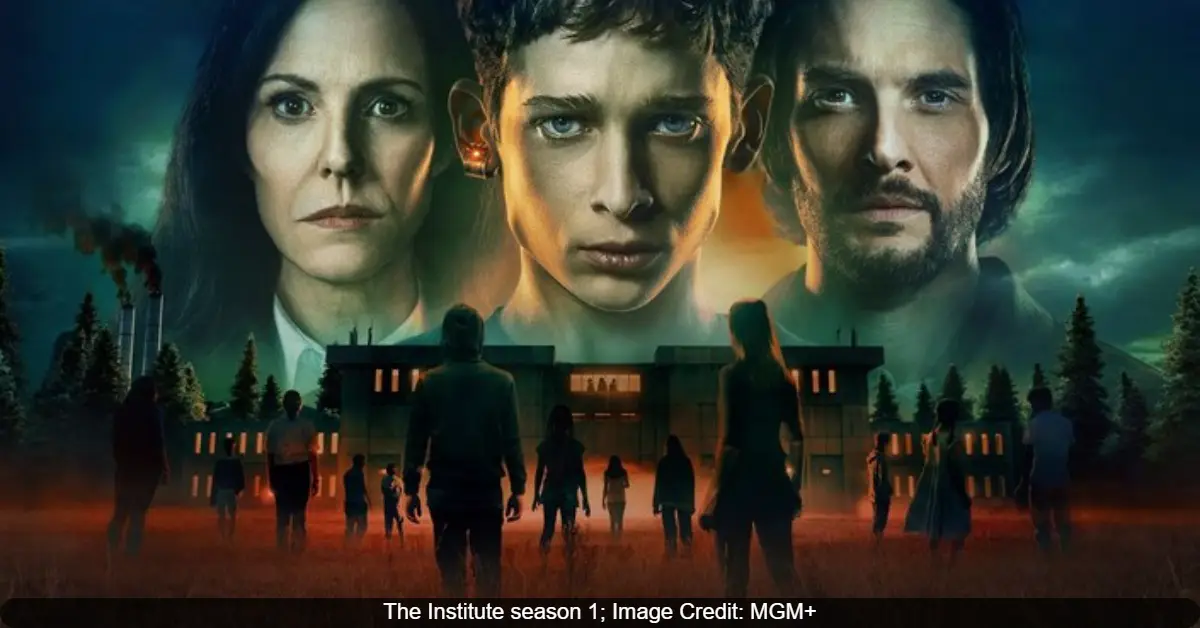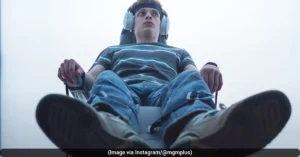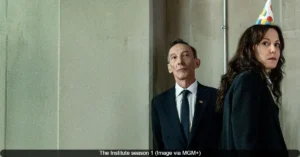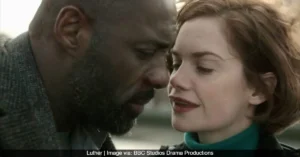The first season of MGM+’s The Institute concluded with a dramatic and emotional finale that left viewers with major questions and surprises. The episode, titled “Fight,” aired on August 24, 2025, and adapted Stephen King’s 2019 novel while introducing significant changes. The story reached its climax as the children trapped in the facility used their psychic abilities to rebel against their captors, resulting in destruction, sacrifice, and unresolved mysteries.
Avery, a key character and powerful telepath, played a central role in the finale. He led the other children in resisting the Institute’s staff and orchestrating a coordinated attack. Despite his efforts, Avery chose to stay behind as the facility collapsed, leading to his apparent death. The episode did not explicitly show his body, but the narrative strongly suggests he did not survive. This outcome mirrors his fate in Stephen King’s original novel, where the character also dies.
How the Final Showdown Unfolded
The climax began with the Institute’s staff forcing Avery to conduct a remote assassination mission called Sparkler Night. Instead of complying, Avery used his telepathic abilities to connect with other children, including Luke, who was outside the facility. Together, they disrupted the mission and turned against their oppressors. The children overpowered staff members, including Tony, who was killed with his own taser in a symbolic act of revenge.
As the rebellion grew, the head of security, Stackhouse, ordered chlorine gas to be pumped into the tunnels where the children were trapped. Luke, with help from former cop Tim Jamieson and local officer Wendy, devised a plan to distract Stackhouse and sneak back into the facility. Inside, Luke reunited with Avery and the other children, who combined their powers to break open the exit door.
Avery’s Sacrifice and Its Implications
Avery and the other children from the Back Half and Recovery Room sections of the Institute linked their minds with children in similar facilities worldwide. This global connection amplified their powers, allowing them to tear down the building. However, Avery insisted that he and the other mentally drained children, known as gorked kids, needed to remain inside to maintain the psychic connection. He explained that without their sustained effort, the escape would fail.
Luke, Kalisha, Nicky, and George managed to flee the collapsing facility, but Avery and the others stayed behind. The building crumbled, presumably killing everyone inside, including Stackhouse. Luke later channeled his grief and rage to lift the entire structure telekinetically and slam it back down, ensuring its total destruction. This act symbolized the children’s ultimate rebellion but also confirmed Avery’s tragic sacrifice.
Differences From the Stephen King Novel
The television adaptation diverged significantly from Stephen King’s book. In the novel, Avery survives the Institute’s destruction, and Luke manages to expose the facility’s crimes to the public. However, the series took a darker turn by killing Avery and keeping the conspiracy hidden. Additionally, the show introduced the concept of a global network of Institutes, hinted at when Avery psychically connected with children in other countries.
Another major change involved the character of Mrs. Sigsby, the Institute’s director. In the book, she is captured and later killed by her superiors. In the series, she escapes with a flash drive containing evidence of the Institute’s activities, leaving her future actions ambiguous. She could either help expose the conspiracy or continue supporting it in season two.
Key Survivors and Loose Ends
Luke, Kalisha, Nicky, and George escaped the Institute and joined Tim and Wendy. The group faced an uncertain future, as Tim admitted he had no concrete plan for their next steps. Meanwhile, Dr. Hendricks, another key staff member, fled during the chaos, and his whereabouts remained unknown.
The finale also introduced the Man on the Phone, a high-ranking figure overseeing the global operation. Played by Jeff Fahey, this character was unbothered by the destruction of one facility, indicating the existence of many others worldwide. He ordered a burn team to erase all evidence and was shown playing with children, who may be precognitive assets treated like royalty.
Setting the Stage for Season Two
The season one finale set up several plot points for the renewed second season. The survival of Mrs. Sigsby and her possession of incriminating evidence could play a pivotal role in future episodes. Similarly, the global scale of the conspiracy suggests Luke and his friends will face greater challenges as they attempt to expose and dismantle the other Institutes.
The show’s creators have confirmed that season two will explore an original story, as the first season exhausted the content of Stephen King’s novel. The philosophical implications of precognition and the moral ambiguities of the Institute’s actions are expected to be central themes.
Stephen King endorsed the series, calling it “really good” in a tweet, which boosted its credibility among fans.
Fan Reactions and Critical Response
The finale received mixed reactions from viewers and critics. Some praised the emotional depth and high stakes, while others criticized the execution of certain scenes. Avery’s sacrifice was particularly polarizing, with some fans questioning the logic behind his decision to stay inside the facility.
Many viewers expressed sadness over Avery’s death, citing his line, “I loved having friends,” as a heartbreaking moment. Others were intrigued by the introduction of the global conspiracy and the mysterious Man on the Phone. The performance of the young actors, especially during the rebellion sequences, was widely applauded.
Despite its flaws, the finale successfully set the stage for a broader and more complex narrative in season two. The show’s ability to balance character-driven drama with supernatural elements kept audiences engaged and eager for more.
Also Read: The Institute Season 1 Episode 6 Release Time: Global Schedule and Where to Watch










